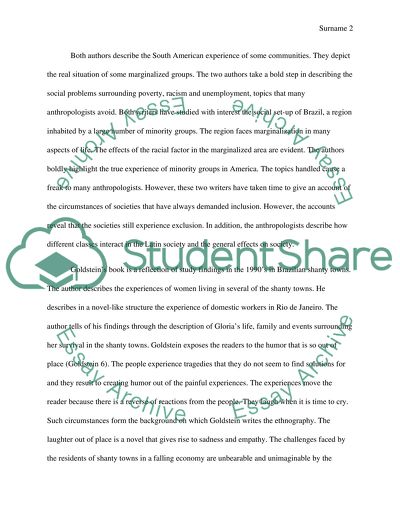Cite this document
(“Goldsteins and Marquezs ethnographies of Brazil Essay”, n.d.)
Retrieved from https://studentshare.org/history/1398913-cities-in-turmoil-rio-and-caracas
Retrieved from https://studentshare.org/history/1398913-cities-in-turmoil-rio-and-caracas
(Goldsteins and Marquezs Ethnographies of Brazil Essay)
https://studentshare.org/history/1398913-cities-in-turmoil-rio-and-caracas.
https://studentshare.org/history/1398913-cities-in-turmoil-rio-and-caracas.
“Goldsteins and Marquezs Ethnographies of Brazil Essay”, n.d. https://studentshare.org/history/1398913-cities-in-turmoil-rio-and-caracas.


